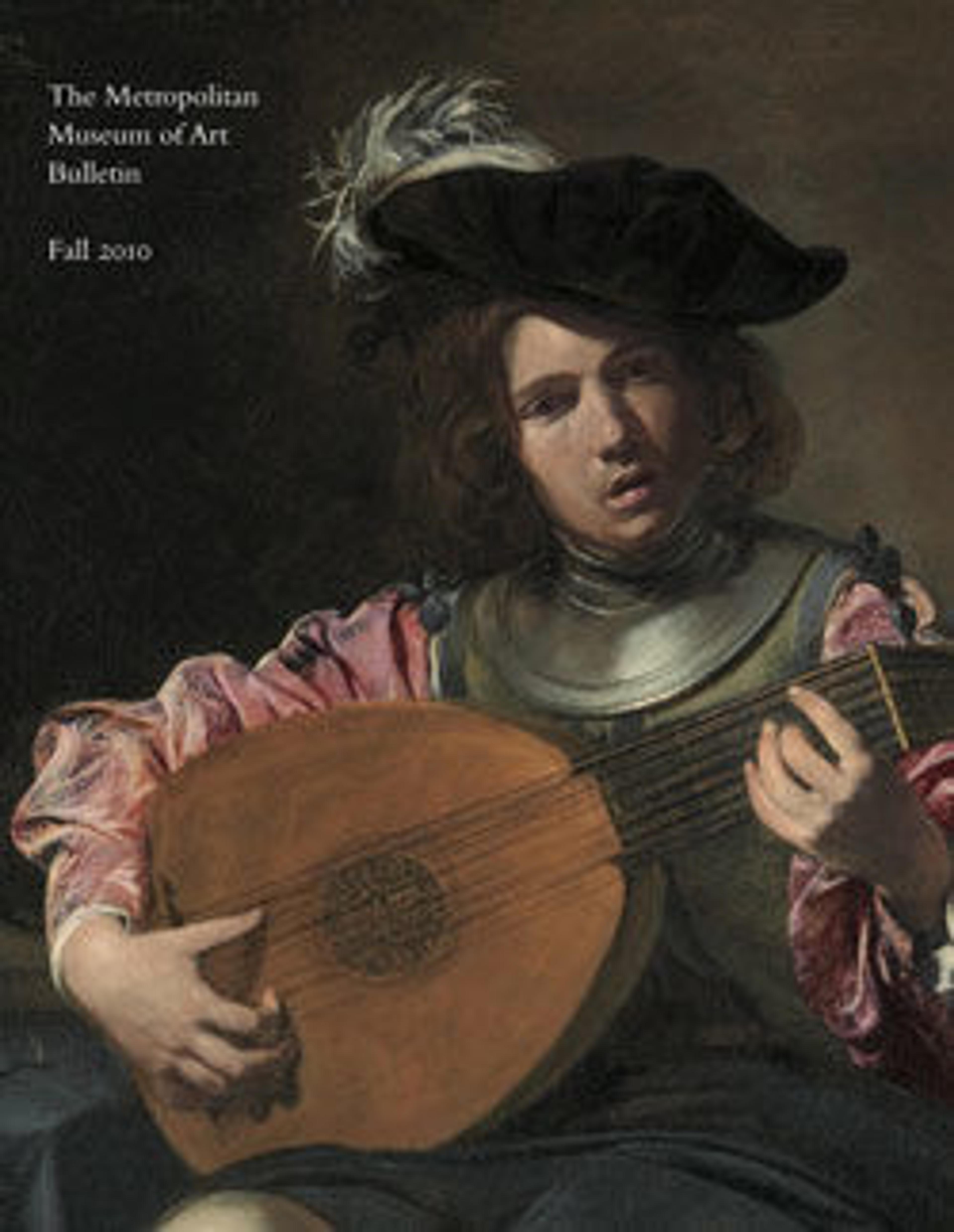Insika (screen)
In both Rwanda and Burundi woven basketry in the form of receptacles and architectural elements constituted the most widespread form of artistic expression. Historically, privileged Tutsi women were the major practitioners of this tradition. Although this distinctive regional art form has recently experienced a revival, the traumatic social upheaval of the last decade led to the destruction of many early works that reflect the technical refinement evident in this screen.
Woven screens "insika" enhanced the domestic interiors of wealthy Tutsi where they were formerly used as a form of mural decoration as well as room dividers. This particular example was probably used to enclose the area situated at the base of a bed. In this function, it complements "inyeqamo" panels, which served as a flexible element that could be rolled up to allow passage to the sleeping area.
Woven screens "insika" enhanced the domestic interiors of wealthy Tutsi where they were formerly used as a form of mural decoration as well as room dividers. This particular example was probably used to enclose the area situated at the base of a bed. In this function, it complements "inyeqamo" panels, which served as a flexible element that could be rolled up to allow passage to the sleeping area.
Artwork Details
- Title:Insika (screen)
- Artist:Tutsi artist
- Date:Early–mid-20th century
- Geography:Rwanda or Burundi
- Culture:Tutsi peoples
- Medium:Cane, reed fibers, black pigment
- Dimensions:H. 30 x W. 20 in. (76.2 x 50.8 cm)
- Classification:Basketry
- Credit Line:Purchase, William B. Goldstein and Marie Sussek Gifts, 2010
- Object Number:2010.127
- Curatorial Department: The Michael C. Rockefeller Wing
More Artwork
Research Resources
The Met provides unparalleled resources for research and welcomes an international community of students and scholars. The Met's Open Access API is where creators and researchers can connect to the The Met collection. Open Access data and public domain images are available for unrestricted commercial and noncommercial use without permission or fee.
To request images under copyright and other restrictions, please use this Image Request form.
Feedback
We continue to research and examine historical and cultural context for objects in The Met collection. If you have comments or questions about this object record, please contact us using the form below. The Museum looks forward to receiving your comments.
